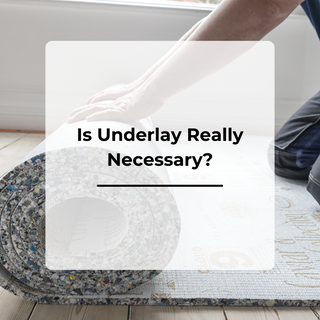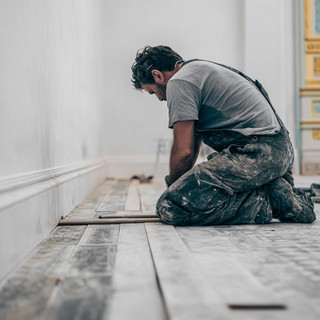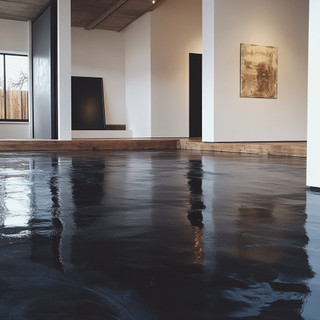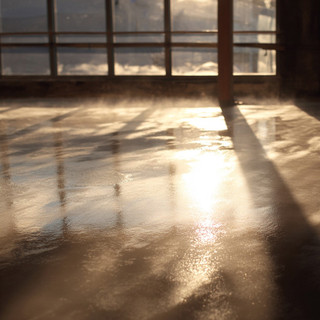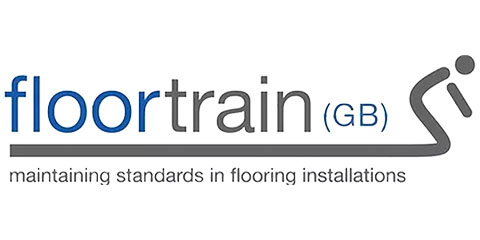Is Underlay Really Necessary?
Posted by Teri-Ann Fisher on 24th Jun 2025
When planning a new flooring installation, underlay might seem like an optional extra, but skipping it can lead to disappointment, and even damage, down the line. Underlay isn’t just a cushion, it plays a crucial role in how your floor looks, feels, and lasts. Here are five key reasons why underlay should always be part of your flooring project.
Enhanced Comfort Underfoot
Underlay adds a soft layer beneath your flooring, making every step feel more comfortable. Whether you're walking on carpet, laminate, LVT, or wood, the right underlay improves the feel underfoot by adding gentle support and cushioning. This is especially noticeable in rooms where you spend a lot of time standing or walking, like living rooms, bedrooms, and kitchens.
Superior Sound Insulation
Floors without underlay can be noisy, footsteps echo, objects clatter, and movement between rooms becomes more noticeable. Quality underlay absorbs sound and significantly reduces both impact and airborne noise. In upstairs rooms, flats, or busy family homes, this makes a major difference in creating a peaceful environment.
Thermal Insulation and Energy Efficiency
Underlay helps keep your home warmer by adding an extra layer of thermal insulation. It reduces heat loss through the floor, making rooms feel cosier and potentially lowering your energy bills. This is particularly valuable in homes with concrete subfloors or in rooms that are prone to feeling cold.
Protection for Your Flooring
Flooring needs a solid, supportive base to perform at its best. Underlay absorbs impact from daily foot traffic, helping to prevent wear and tear on the visible surface. It also smooths out minor subfloor imperfections, which can otherwise lead to flooring damage over time. For floating floors like laminate or LVT, it provides essential stability and support.
Moisture Management
Some underlays come with built-in vapour barriers, which are essential when installing flooring over concrete or in rooms with potential moisture issues like basements or kitchens. These help to block rising damp and protect your flooring from warping, swelling, or mould. Choosing the right moisture-resistant underlay adds an important layer of defence.
Conclusion
Underlay may not be visible, but its benefits are impossible to ignore. From comfort and insulation to soundproofing and floor protection, it plays a vital role in the performance and longevity of your flooring. Investing in a quality underlay is one of the smartest decisions you can make for a successful and long-lasting installation.

